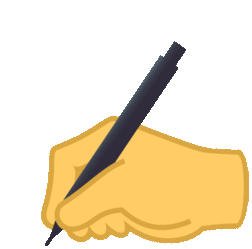I’m Kianna Durston, a summer co-op student researcher for Wa Ni Ska Tan. During my first week with the team, I had the chance to travel to Kenora for the Treaty 3 Nibi (water) Declaration National Forum with two other research students. During this trip, we were able to attend and learn from those leading the water declaration, which was developed in collaboration with the Treaty 3 Women’s Council, the Territorial Planning Unit and the Decolonizing Water Governance.
On the first day, we were welcomed with a warm breakfast and opening traditional protocols. We then met the women who sit on Treaty 3 Women’s Council– Isobel White, Priscilla Simard, Maggie Petiquan, Anita Collins and Rhonda Fischer; as well as the technical team members: Aimée Craft from the University of Ottawa and Decolonizing Water Governance, and Lucas King the water specialist for Treaty 3 Grand Council.
The first part of the forum delved into definitions of declarations and the logic behind their development and implementation. While declarations aren’t legally binding, the speakers explained how they can be used to affirm Indigenous legal principles and help guide decision making. I found this to be an important definition to clarify as it created a mutual understanding of the motive for the declaration to guide future decision making at local levels across communities.
Treaty 3’s goal in this water declaration is to champion the Anishinaabe relationship to water, which is reflected in sacred teachings of water held by Treaty 3 Gitiizii m-inaanik (knowledge keepers). Through its implementation, the declaration can provide people living within and outside of Treaty 3 territory with a shared understanding of this sacred relationship to water, while creating a guide for policy and decision making around water.
After reading through the declaration, a panel of elders and community leaders shared their insights and feedback on the declaration. This was a personal highlight of the conference, where I learned about these historically significant relationships to the water held by Elders, the Women’s Council, Gitiizii m-inaanik (knowledge keepers), and community members.
The next day we received a Toolkit for the Declaration and two questions to discuss about how it should be supported and implemented:
- What material is needed to support the declaration?
- How Does the declaration apply to you, your family, community and nation? And how do you think it can be used to support actions, laws and policy, education, and other Treaty 3 priorities?
The rest of the day involved discussing these two questions in groups and with the Women’s Council. At the end of the day we were sent off with a healing song requested by a community member for an Elder. I left the declaration filled with gratitude for the women and organizers who had put so much energy into this work, and hopeful for the future of water stewardship with this declaration as a prominent guide.

